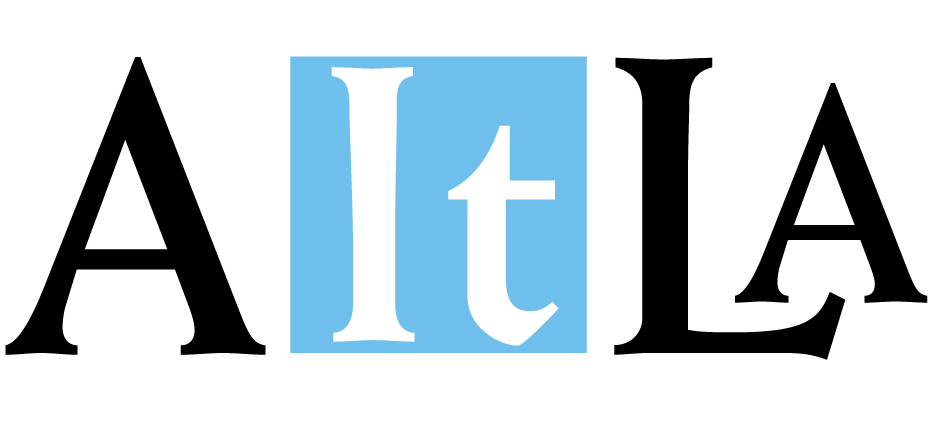
On the margins of figurative thought and language
20-Apr-2022 - 24-Apr-2022
Adam Mickiewicz University in Poznań, Poland
http://ftl6.amu.edu.pl/
Call Deadline: 15-Sep-2021
A four-day event organised by the Department of Cognitive Linguistics at the Faculty of English, Adam Mickiewicz University in Poznań is already the sixth in a series of meetings aimed at presenting and discussing current research on the intersection of figurative thought and language, following the conferences in Thessaloniki (2014), Pavia (2015), Osijek (2017), Braga (2018) and Sophia (2020).
DESCRIPTION:
Overstatement, understatement, oxymoron, paradox, paragon, meiosis, litotes, hyperbole, simile, idioms, proverbs, antithesis, antonomasia, antiphrasis, tautology, euphemism, hypallage, and perhaps many others are considered rhetorical devices, as years ago scholars had been thinking of metaphor, metonymy, irony as stylistic and ornamental devices and not cognitive mechanisms. The aim of the theme session is to discuss the use of such figures and attempt to draw attention to them, and perhaps transfer them from the periphery to the center of figurative thought and language.
If we agree that we need such forms of language use, it should be good to highlight them somehow, and carry out an analysis based on conceptual aspects and not (or together with) purely pragmatic ones.
As is known, figurative mechanisms, like metaphor, metonymy, and irony (to a lesser degree compared to the former two) have enjoyed attention as they have been largely investigated. However, the aforementioned group of figures has been rather neglected so far. There are some sporadic publications, for instance on tautology (Giora), more on hyperbole (Barnden, Brdar & Brdar-Szabo, Ruiz de Mendoza, Popa-Wyatt), and simile (Barnden,…), a lot less on allegory (Gibbs & Okonski 2017), oxymoron (Barnden presentation in FTL 5, Gibbs 1993), meiosis (Walton 2015). We also find combinations of central figures and one or two of the marginal ones (Colston 2019,…).
The edited volume Tropical Truth(s) by A. Burkhardt and B. Nerlich, (2010), which explores the link between figures and truth, devotes one section in “other noble members of the trope family” (the first section is on metaphor, “the queen of tropes”, the second to “its sisters”, metonymy and synecdoche). Ruiz de Mendoza’s paper (2020) discusses many marginal figures each one on its own first and then interrelating them, also grouping them under the central figures of metaphor, metonymy, irony or assigning the role of operations to them. The two publications can form a basis for such a discussion which may start the investigation of peripheral figures. Thus, we can talk for instance, about the category of a particular central figure like irony comprising sarcasm, parody, satire,… or the category of metonymy comprising synecdoche or hypallage,… . Still, my impression is that each one of the marginal figures deserves to be studied, on its own, and not only in combination with others, in order to underline not only the pragmatic/sociocultural perspective but especially the cognitive linguistics aspects that license it.
Some questions that arise can be:
- Do these marginal figures center around the central ones? Are they just satellites of the central ones or independent figures?
- What are the conceptual tools that participate in their conceptualization and expression? Can they be discussed in terms of domains, frames or mental spaces?
- Could we be informed both on the way they are produced but also on the way they are received?
- Are these marginal figures responsible for a new understanding of a situation? Do they reinforce certain meanings at the expense of others?
- Is it possible that research in the periphery of figuration provides some answers for the central figures as well?
- Where could such figures be placed on a continuum ranging from idiomaticity to schematicity (productivity)?
Call for Papers:
Fully anonymous abstracts of 300 words (excluding references) must be submitted via EasyChair. Accepted file formats are .pdf, .doc(x) and .rtf. Please include up to five keywords at the top of the abstract to facilitate the reviewing effort. The languages of the conference are English and Polish.
Each presentation will last 30 minutes, including 10 minutes for discussion.
References:
Burkhardt, A. and B. Nerlich (2010). Tropical Truth(s). The Epistemology of Metaphor and other Tropes. De Gruyter.
Ruiz de Mendoza (2020). Figurative language: Relations and constraints. In Barnden, J. & A. Gargett (Eds.) Producing Figurative Expression. J. Benjamins Publishing Company. FTL 10.
